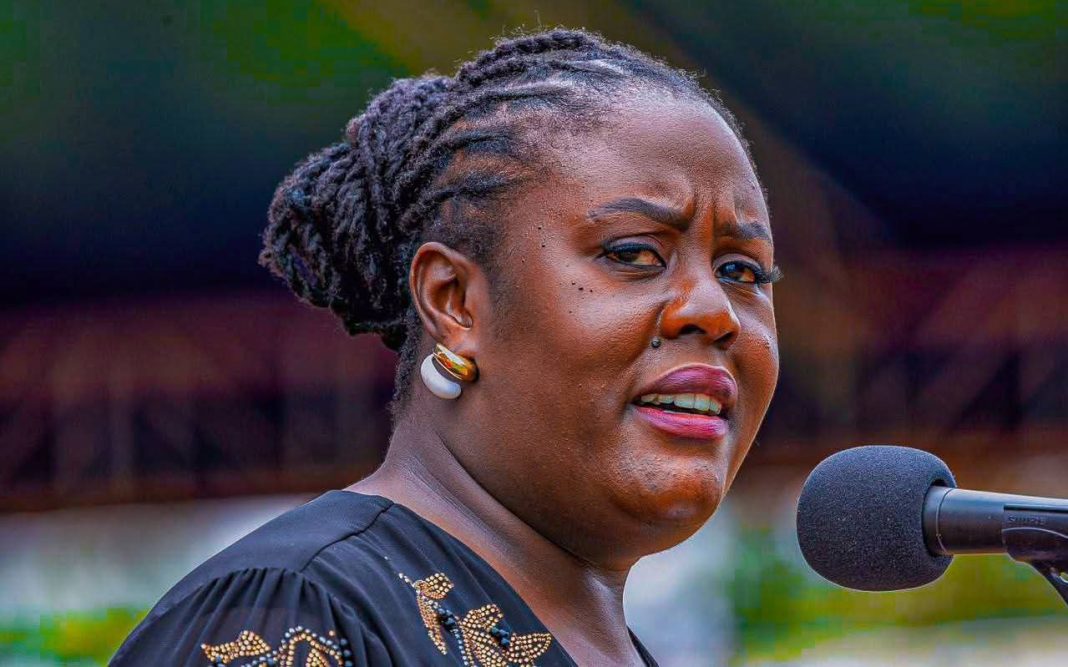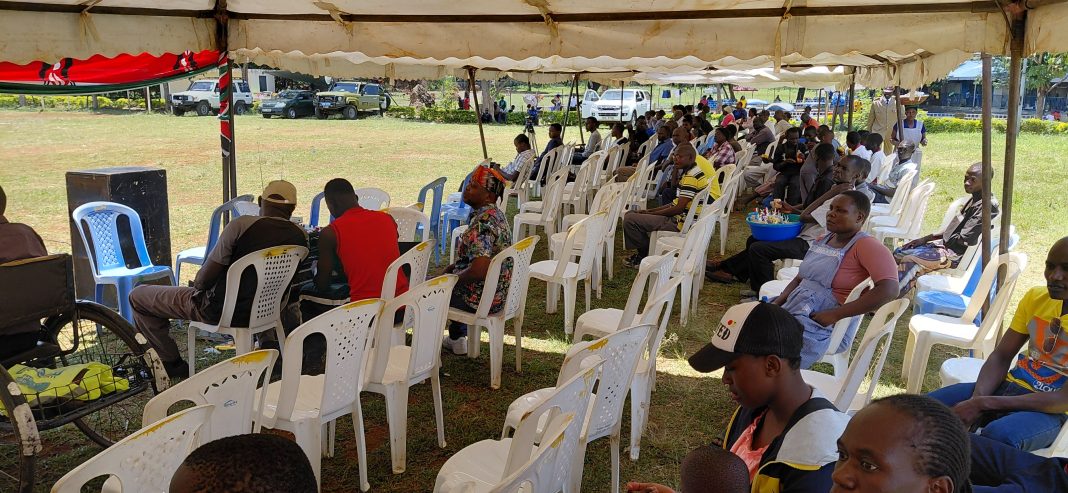By James Okoth
On 20th October 2025, a quiet but momentous line appeared in a special issue of the Kenya Gazette. Amid the formal phrasing and official insignia, it carried words that sealed a legacy.
“NOW THEREFORE… it is my profound honour, on behalf of the Government and People of Kenya, to confer the following title of honour to— RT. HON. RAILA AMOLO ODINGA — Chief of the Order of the Golden Heart of Kenya (C.G.H.).”
It was an act of statecraft and symbolism intertwined — the Republic’s final bow to a man who, though never President in office, lived and fought as one in spirit. On Mashujaa Day, Raila Amolo Odinga was posthumously awarded Kenya’s highest national honour, and with that, a people’s president formally joined the circle of Kenyan Presidents.
The Honour of a Nation’s Soul
The Order of the Golden Heart of Kenya represents the highest echelon of recognition under the national honours system. It is awarded to individuals who have rendered outstanding or distinguished service to the nation in any field — service that uplifts the Republic, preserves its dignity, or inspires its people.
It is divided into three classes — Chief (C.G.H.), Elder (E.G.H.), and Moran (M.G.H.). The Chief Class stands alone at the summit, traditionally reserved for heads of state, visiting monarchs, and extraordinary national figures whose impact transcends politics.
In the history of the Republic, fewer than two hundred individuals — among them Mzee Jomo Kenyatta, Daniel arap Moi, Mwai Kibaki, and Uhuru Kenyatta — have ever received it. Now, to that exclusive brotherhood of Presidents, Raila Amolo Odinga’s name has been inscribed.
Raila Odinga’s conferral is more than ceremonial; it is a moral recognition of a life that fundamentally reshaped Kenya’s political and democratic fabric.
For over four decades, he stood at the forefront of Kenya’s struggle for freedom, democracy, and constitutional reform. From the dark years of detention without trial to the triumph of the 2010 Constitution, Raila embodied the endurance of a people unwilling to surrender to oppression.
He was detained, vilified, and at times betrayed — yet each setback became a new step in the long march towards justice. His political career defined generations, his ideas shaped policy, and his persistence birthed institutions that now outlive him.
To honour him with the Chief of the Order of the Golden Heart is to acknowledge the unyielding heartbeat of Kenya’s democratic journey — a journey that beat longest and loudest within him.
Ruto’s Gesture: Magnanimity and Calculation
For President William Ruto, this conferral is both statesmanlike and politically astute.
It marks a rare moment of reconciliation between two men whose political rivalry once divided the nation. By honouring Raila in death, Ruto signals that Kenya’s future demands unity beyond the scars of competition. It repositions him not merely as a victor of elections, but as a custodian of national memory — capable of acknowledging greatness, even in those who challenged him most.
Yet the timing is deliberate. In conferring this title just a day after Raila’s historic state burial, Ruto subtly anchors his presidency within the emotional terrain of national healing. It allows his administration to share in Raila’s enormous goodwill, particularly across regions where grief remains raw.
It is, simultaneously, a moment of grace and a stroke of political genius.
A People’s President, Officially Recognised
Raila Odinga has often been described as “the people’s president” — a title once symbolic, born from popular will rather than institutional power. With this honour, that symbolism acquires permanence.
He now stands officially among the pantheon of Kenya’s highest-decorated leaders — Kenyatta, Moi, Kibaki, Uhuru, and now Raila.
Though his path to that recognition was unlike theirs — forged not through ascension to State House but through resistance, reform, and resilience — the final destination is the same.
In death, he joins the ranks of Kenya’s Presidents.
Not through power, but through principle.
Not through office, but through sacrifice.
The National and Historical Significance
This conferral will likely go down as one of the most symbolic in Kenya’s history. It bridges two eras — the founding generation that birthed independence, and the reform generation that redefined it.
By honouring Raila with the Chief of the Order of the Golden Heart, Kenya acknowledges that democracy, too, is heroism. It validates a legacy that dared to question authority, endured defeat with dignity, and demanded a more inclusive Republic.
For Kenya’s youth, it reinforces a vital lesson: that greatness is not always measured by titles held, but by ideals upheld.
The Circle is Complete
As the ink dried on the Kenya Gazette this Mashujaa Day, the circle of Kenya’s political history felt more complete. The state that once jailed Raila Odinga now honours him with its highest medal.
It is a powerful symmetry — one that closes a generational loop and opens a moral one.
Raila Odinga’s story was never about power; it was about people. And in that sense, the title Chief of the Order of the Golden Heart could not have found a more deserving bearer.
A people’s president has finally joined the circle of Kenyan Presidents — his heart now forever cast in gold, his legacy etched in the conscience of the Republic he helped to build.




